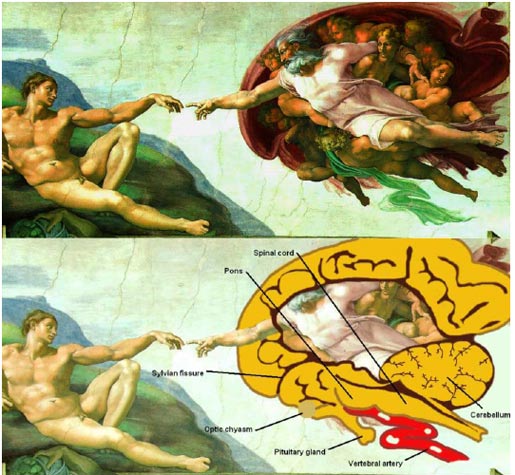Why most of massive galaxies in the universe stopped creating stars billions of years ago
By studying how distant starburst galaxies are clustered together, astronomers have found that they eventually become so-called giant elliptical galaxies -- the most massive galaxies in today's universe. The galaxies are so distant that their light has taken around ten billion years to reach us, so we see them as they were about ten billion years ago.
"We know that massive elliptical galaxies stopped producing stars rather suddenly a long time ago, and are now passive. And scientists are wondering what could possibly be powerful enough to shut down an entire galaxy's starburst," says Julie Wardlow (University of California at Irvine, USA and Durham University, UK), a member of the team.
"We know that massive elliptical galaxies stopped producing stars rather suddenly a long time ago, and are now passive. And scientists are wondering what could possibly be powerful enough to shut down an entire galaxy's starburst," says Julie Wardlow (University of California at Irvine, USA and Durham University, UK), a member of the team.
"This is the first time that we've been able to show this clear link between the most energetic starbursting galaxies in the early Universe, and the most massive galaxies in the present day," explains Ryan Hickox (Dartmouth College, USA and Durham University, UK), the lead scientist of the team.
Because of this extreme distance, the infrared light from dust grains heated by starlight is redshifted into longer wavelengths, and the dusty galaxies are therefore best observed in submillimeter wavelengths of light. The galaxies are thus known as submillimeter galaxies.
Astronomers have combined observations from the LABOCA camera on the ESO-operated 12-metre Atacama Pathfinder Experiment (APEX) telescope with measurements made with ESO's Very Large Telescope, NASA's Spitzer Space Telescope, and others, to look at the way that bright, distant galaxies are gathered together in groups or clusters.
The more closely the galaxies are clustered, the more massive are their halos of dark matter — the invisible material that makes up the vast majority of a galaxy's mass. The new results are the most accurate clustering measurements ever made for this type of galaxy.
The galaxies are so distant that their light has taken around ten billion years to reach us, so we see them as they were about ten billion years ago. In these snapshots from the early Universe, the galaxies are undergoing the most intense type of star formation activity known, called a starburst.
Source: dailygalaxy



Comments
Post a Comment